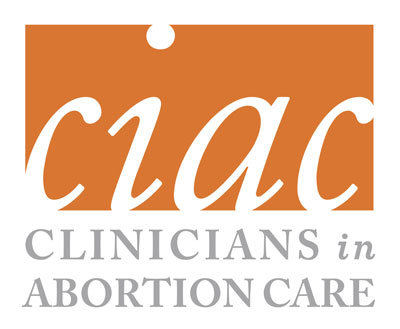Clinicians in Abortion Care (CIAC) is a membership group sponsored by NAF representing certified midwives (CM), certified nurse-midwives (CNMs), nurse practitioners (NPs), physician associates (PAs), nurses, and students of those professions, working to increase access to comprehensive sexual and reproductive health and abortion care.
CIAC Members have full NAF member benefits, including significantly discounted registration to NAF meetings and access to NAF’s online learning system, as well as resources crafted specifically for CIAC members. Apply for a NAF membership to join CIAC.
CIAC is led by Julie Jenkins, DNP, WHNP-BC, CIAC’s Strategist & Training Program Manager, and an elected Advisory Committee comprised of member experts from each of the professions represented by our membership. The Advisory Committee sets CIAC goals and helps to identify the areas in which CIAC works.

CIAC Goals
If you have a question about APC provision of abortion practice in your state, please contact [email protected] or [email protected] or access the Abortion Provider Toolkit, a professional guide that provides evidence for abortion care as the work of NPs, PAs, and midwives. This toolkit includes a regularly-updated map of the legislative regulations on APC abortion care practice in the US.
Make a Donation to
Support CIAC
- Supporting the involvement of nurse practitioners, certified midwives, certified nurse midwives, physician associates, and nurses in the provision of comprehensive sexual and reproductive health care, including abortion, within their full professional scope.
- Increasing education and training for clinicians in comprehensive sexual and reproductive health care.
- Advocating for the removal of legal, organizational, and training restrictions for nurse practitioners, certified midwives, certified nurse-midwives, and physician associates in providing the full range of abortion care and replacing these with regulations that reflect the full scope of practice for advanced practice clinicians (APCs).
- Supporting inter-professional team-based education, training, and practice in abortion care led by APCs.
